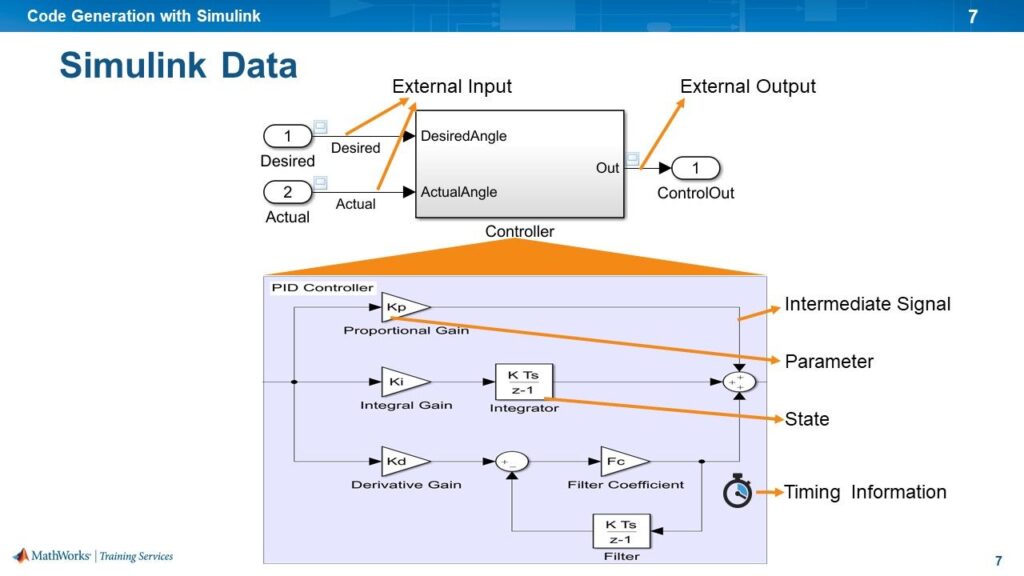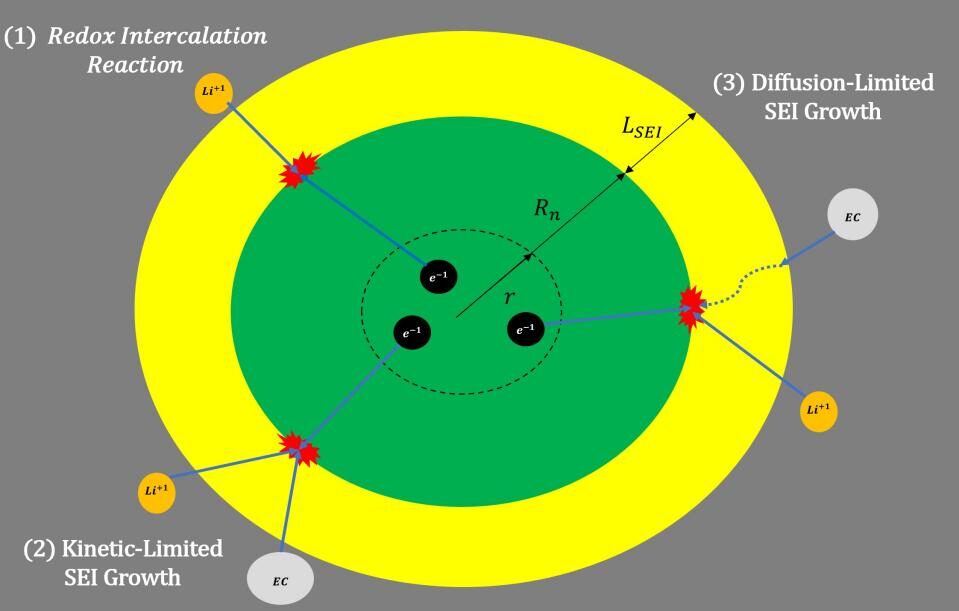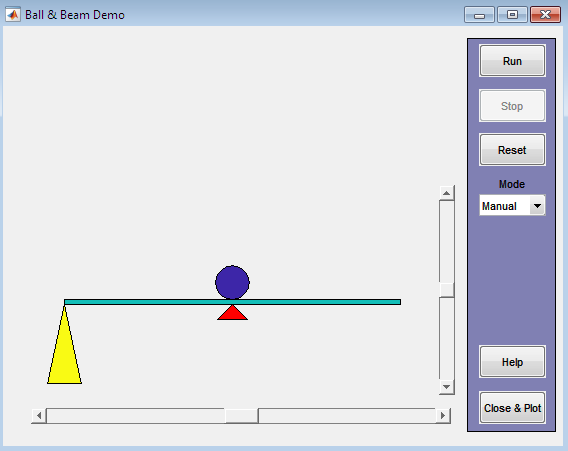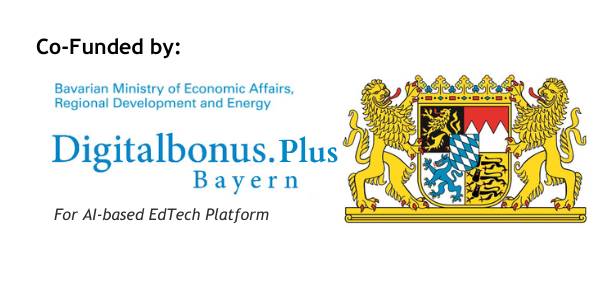Simulink Tutoring: A Guide for Engineering Students

Simulink is a powerful tool used by engineering students and professionals for modeling, simulation, and analyzing dynamic systems. It’s widely adopted in fields like control engineering, signal processing, robotics, and aerospace due to its versatility and its integration with MATLAB. However, mastering Simulink can be challenging, especially for those new to modeling complex systems or without a background in programming. Here, we’ll explore why Simulink tutoring is beneficial, the challenges students often face, and tips for finding the right tutor.
Why Engineering Students Need Simulink Tutoring
For engineering students, understanding Simulink isn’t just about passing exams — it’s a valuable skill that can enhance career prospects and make them more competitive in the job market. Here are some key reasons why tutoring can be incredibly helpful:
- Bridging Knowledge Gaps
Many students find that traditional classroom instruction isn’t enough to master the complexities of Simulink. Tutoring can fill these gaps by providing personalized guidance and reinforcing concepts that might be difficult to grasp. - Hands-On Skill Development
Simulink is practical and highly visual, allowing users to simulate and visualize systems in real-time. Tutors can provide hands-on exercises that allow students to apply theoretical knowledge in practical settings, which can lead to a deeper understanding of both the tool and the engineering principles behind it. - Customized Learning Paths
Every student has unique needs and goals, especially in a specialized area like Simulink. Tutors can tailor lessons to focus on specific projects or industry applications, making the learning process much more efficient and relevant.

Common Challenges in Learning
Learning Simulink isn’t always straightforward, and students often encounter specific obstacles that make it difficult to progress. Here are some of the primary challenges that Simulink tutors can help address:
- Understanding System Modeling Basics
For students without a background in systems and control theory, the concepts of modeling dynamic systems, setting parameters, and managing signals can be overwhelming. Tutors can introduce these fundamentals and demonstrate how they apply within Simulink’s interface. - Complex Interface and Functionality
Simulink offers an extensive range of features and libraries, which can be overwhelming for beginners. Tutors can help students navigate the interface, understand each block’s purpose, and create efficient workflows for building models. - Debugging and Troubleshooting
Building models in Simulink often involves debugging complex errors, and knowing how to identify and fix these issues is crucial. Tutors with experience in Simulink can teach students common troubleshooting techniques and how to debug effectively, saving them time and frustration. - Linking with MATLAB
Many tasks in Simulink require integration with MATLAB, which adds a layer of complexity for students not already familiar with MATLAB programming. Tutors can help students understand how to interface Simulink with MATLAB effectively, from scripting functions to customizing model behavior. - Applying Simulink to Real-World Scenarios
Engineering students need to connect theoretical knowledge to real-world applications. Tutors can provide examples and projects that show students how to apply Simulink for real-world engineering problems, from control systems in robotics to signal processing in telecommunications.
How to Find and Choose the Right Tutor
Finding the right Simulink tutor involves considering several factors, such as expertise, teaching style, and availability. Here’s what to look for:
- Experience and Background
Look for a tutor with experience in your specific field, whether it’s electrical engineering, mechanical engineering, or aerospace. Tutors with a background in engineering can offer insight not only into Simulink but also into how the software is used in industry-specific applications. - Practical Knowledge of Simulink
Ideal tutors should have hands-on experience with Simulink and be familiar with real-world projects or challenges within the software. They should be able to walk students through common roadblocks and provide practical examples to reinforce learning. - Ability to Customize Lessons
Since every student’s learning path is different, it’s essential to find a tutor who can tailor lessons to your specific needs, whether it’s focusing on a particular project or learning advanced features. Personalized lessons are more effective than a one-size-fits-all approach. - Patience and Teaching Skill
Proficiency in Simulink doesn’t necessarily mean someone is a good teacher. Look for a tutor who can explain concepts clearly, answer questions patiently, and adapt their explanations to your level of understanding. - Flexible Scheduling and Accessible Communication
Engineering students often have packed schedules, so flexibility is key. A tutor who can work around your availability and communicate effectively between sessions can make a big difference in your learning experience.

Benefits of Simulink Tutoring for Engineering Students
Simulink tutoring offers several advantages that go beyond simply learning the software. Here are some of the primary benefits:
- Increased Confidence and Competency
With one-on-one guidance, students gain the confidence to tackle projects independently and become proficient in using it for complex tasks. A tutor helps students develop problem-solving skills, which are critical for real-world applications. - Enhanced Project Performance
For students working on specific projects — such as thesis work, practical assignments, or capstone projects — a tutor can provide valuable insight and support, helping them complete these projects efficiently and effectively. - Career-Ready Skills
Proficiency in Simulink is a strong asset for engineering graduates entering the workforce. A tutor can provide knowledge that goes beyond academic learning, making students more adaptable and prepared for industry roles where modeling and simulation are essential. - Preparation for Certification
Some students may wish to pursue certification in MATLAB to enhance their resumes. Tutors can help students prepare for certification exams, offering test-taking tips, reviewing key concepts, and reinforcing practical skills.
Getting Started with Simulink Tutoring
To get the most out of Simulink tutoring, students should:
- Identify Specific Goals
Outline your learning goals and the areas where you need the most support. Whether you’re focused on basic modeling skills, debugging, or specific applications, clearly defining your objectives can help the tutor create a relevant curriculum. - Gather Course Materials and Projects
Bringing relevant course materials, project descriptions, or assignments to your tutoring sessions can help the tutor understand what you need to achieve and offer targeted advice. - Stay Engaged and Ask Questions
Don’t hesitate to ask questions or request clarification during tutoring sessions. Effective learning in a complex tool like Simulink comes from active engagement and a willingness to address areas of confusion.
Conclusion
Simulink tutoring is an invaluable resource for engineering students seeking to deepen their understanding of system modeling and simulation. With personalized guidance, students can overcome common challenges, gain practical skills, and develop confidence in applying Simulink to complex engineering problems. By choosing the right tutor — one who understands both Simulink and the engineering context in which it’s used — students are better prepared to tackle advanced projects, perform well in courses, and enhance their career prospects in the engineering field. Whether you’re new to Simulink or looking to refine your skills, a tutor can make your learning journey smoother and more successful. Check out our WiredWhite Simulink Tutors with hands-on experience here: https://wiredwhite.com/members/skills-simulink













Responses